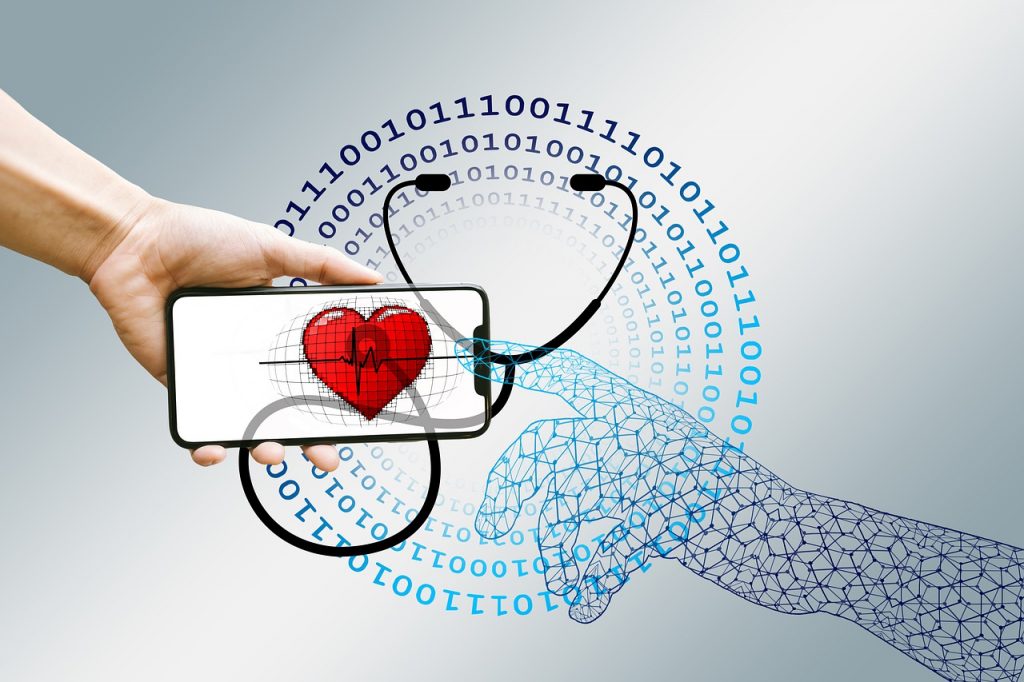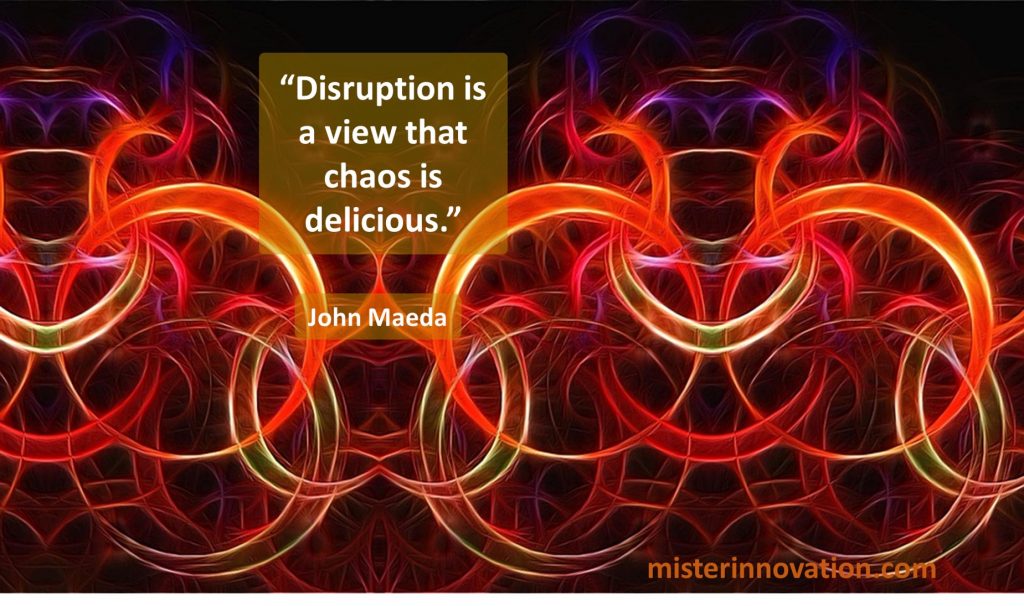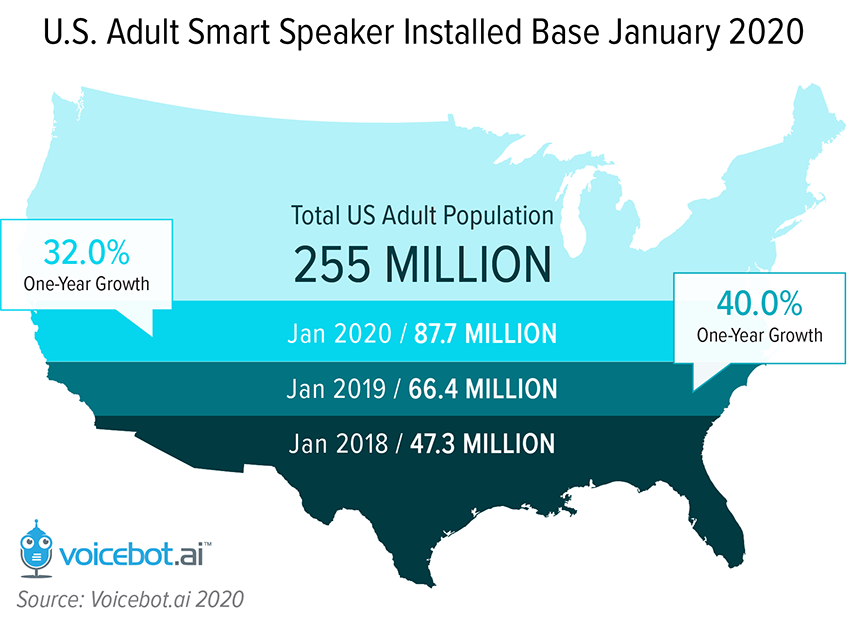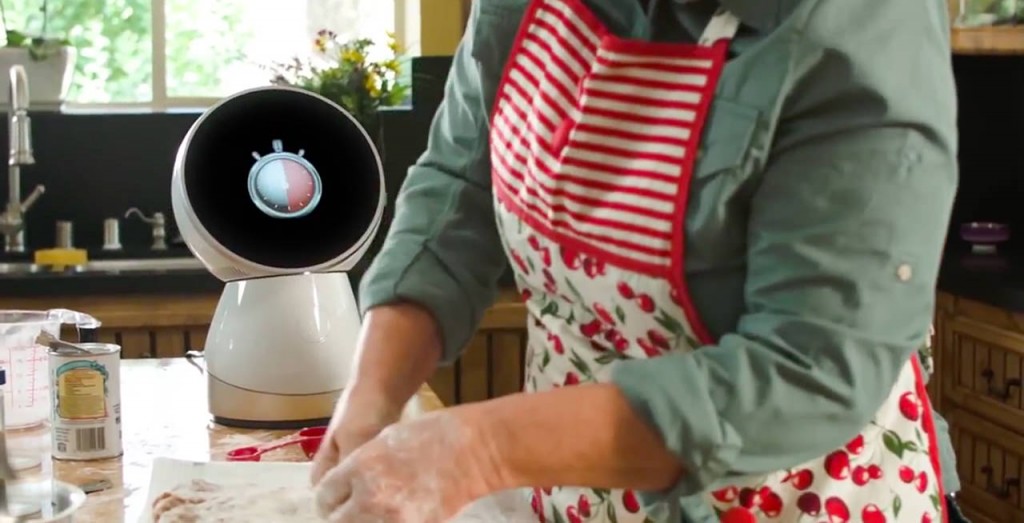
GUEST POST from Art Inteligencia
The Internet of Things (IoT) has revolutionized various industries by connecting devices, improving efficiency, and enhancing outcomes. In recent years, the healthcare industry has witnessed a significant integration of IoT technologies in monitoring patient health and providing personalized care. This transformation has led to improved patient outcomes, reduced healthcare costs, and increased accessibility to quality healthcare services. In this article, we will explore the potential of IoT in healthcare monitoring with the help of two case studies.
Case Study 1: Remote Patient Monitoring
One of the prominent applications of IoT in healthcare is remote patient monitoring (RPM). This case study highlights how IoT-enabled devices have transformed healthcare delivery, particularly for patients with chronic conditions. For instance, let’s consider a patient diagnosed with congestive heart failure (CHF). Traditionally, managing CHF required frequent visits to the hospital, leading to long waiting times and increased costs.
By integrating IoT in this scenario, we can provide the patient with a wearable device that continuously monitors vital signs such as heart rate, blood pressure, and oxygen levels. This device securely transmits real-time data to healthcare professionals, who can remotely monitor the patient’s condition and intervene if any alarming changes occur. The patient can also access this data through a mobile application, empowering them to proactively manage their health and make informed decisions.
The integration of IoT in remote patient monitoring has shown promising results. Studies have shown a significant reduction in hospital re-admissions, better adherence to treatment plans, and improved overall patient outcomes. By leveraging IoT technology, healthcare providers can deliver proactive and personalized care, enhancing the patient experience and reducing the burden on healthcare systems.
Case Study 2: Smart Medication Management
Another compelling application of IoT in healthcare monitoring is smart medication management. The challenge of medication adherence is a critical issue that affects patient outcomes and healthcare costs globally. IoT devices provide an innovative solution to this problem, presenting an opportunity for personalized and automated medication management.
Consider a patient with multiple chronic conditions who requires a complex medication regimen. With IoT-enabled smart pill bottles or medication dispensers, healthcare providers can monitor medication adherence in real-time. These devices can send reminders to patients when it is time to take medication and record each instance of consumption. If a patient misses a dose, an alert is sent to both the patient and healthcare providers, enabling timely interventions.
This integration of IoT in medication management has demonstrated notable improvements in medication adherence rates and patient health outcomes. Furthermore, it enables healthcare providers to collect valuable data for further analysis, allowing for personalized medication adjustments and treatment plans.
Conclusion
The integration of Internet of Things (IoT) in healthcare monitoring has immense potential to transform healthcare delivery. The case studies presented above highlight how IoT-enabled solutions have revolutionized remote patient monitoring and smart medication management, resulting in improved patient outcomes and reduced healthcare costs. As human-centered design professionals, it is crucial for us to recognize and harness the power of IoT in healthcare to create innovative solutions that prioritize patient needs, enhance accessibility, and provide personalized care. By embracing IoT technologies, we can shape a future where healthcare is seamlessly interconnected and patient-centric.
Bottom line: Futurology is not fortune telling. Futurists use a scientific approach to create their deliverables, but a methodology and tools like those in FutureHacking™ can empower anyone to engage in futurology themselves.
Image credit: Pixabay
![]() Sign up here to get Human-Centered Change & Innovation Weekly delivered to your inbox every week.
Sign up here to get Human-Centered Change & Innovation Weekly delivered to your inbox every week.






